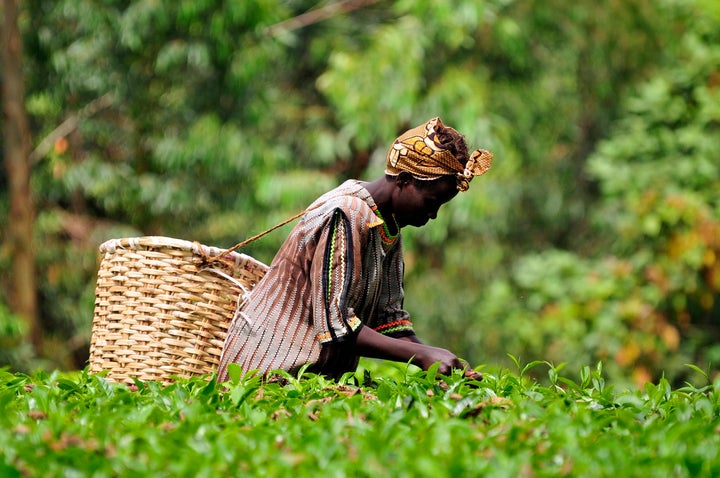
US President Barack Obama, speaking at the 2014 UN Climate Summit in New York.
For all the immediate challenges that we gather to address this week ― terrorism, instability, inequality, disease, there’s one issue that will define the contours of this century more dramatically than any other, and that is the urgent and growing threat of a changing climate.
Most vulnerable to the world’s rising temperatures are developing countries. Africa in particular, where changing climate will bring more drought, extreme weather events, impacting on food production, water availability, and the frequency of natural disasters. Developed countries have promised to help mitigate the ramification of climate change through adaptation aid. However, it is a real disservice that these aids are flowing through the same old framework used for developmental assistance and grant that has arguably failed Africa.
In 2009, at the Copenhagen climate talks, industrialized nations committed to mobilizing $100 billion by 2020 to help developing nations cut greenhouse-gas emissions and adapt to the effects of climate change in line with the United Nations Framework Convention on Climate Change. By 2014, the sum of climate change related aid flowing to developing nations totaled $62 billion. In fact, a primary debate at the Paris Climate talks was how to get this aid to $100 billion a year by 2020 for climate-related projects.
New initiatives are being set up, in the name of helping Africa achieving its energy potential. For example, the Obama Power Africa Initiative with $7 billion in commitment from the US has leveraged nearly $43 billion in commitments from over 120 public and private sector partners to provide 30,000 MW of installed power capacity by 2030. The UK’s Energy Africa campaign which promises to help Africa achieve universal energy access by 2030 is also on stream. Last year the French President Francois Hollande promised $6.4 billion in mitigation and adaptation aid for electrification in Africa. Canada has pledged $2.65 billion over the next five years to help developing countries fight climate change. The European Union is also funding initiatives through The Africa-EU Partnership. Many more countries have also made commitments like Norway, China, etc.
Can Africa overcome institutional and structural problems to guarantee the long-term efficiency of this new trend that is climate change adaptation aid?
Over the past 60 yrs, at least $1 trillion of development-related aid has transferred from rich countries to Africa. A new study published by the overseas development Institute (ODI) found that African children would still make up nearly half the world’s poorest people by 2030.
According to the Strauss Center’s program on Climate Change and African Political Stability (CCAPS), there is a lack of coordination and harmonization of adaption and mitigation aid among donor countries as well as within the various govt. ministers. I assume this is partly because of the blurred lines between aid, development assistance, and the pursuit of national interest. Climate finance confounds them further, which makes it difficult to track the success and impact of adaptation aid at both grassroots and national level.
Whether these funds will be going directly to African governments, through NGOs, or private sector investment, for the African people to reap the reward of the new deal (adaptation and mitigation aid) some reforms are required. There should be a policy to improve the coordination mechanism within all government ministries tasked with climate change response to mainstream climate change adaptation into national development planning. Donor countries should also create a joint agency to harmonize funds and adequately monitor its use and success.
This is particularly important because failure to mitigate and adapt to the monster that is climate change in one clime would eventually affect all globally. Band-aid solutions that seem prevalent in the so-called developmental aid will not work when it comes to aids for climate change. It is foolhardy to believe that pumping funds into developing nations through the same old aid framework without any supervisory machinery in place will make any progress given the squandermania that pervades African politics. Urgent efforts are therefore needed to ensure that aids for climate change produce tangible results and not used to score political points but are used to save us all.
